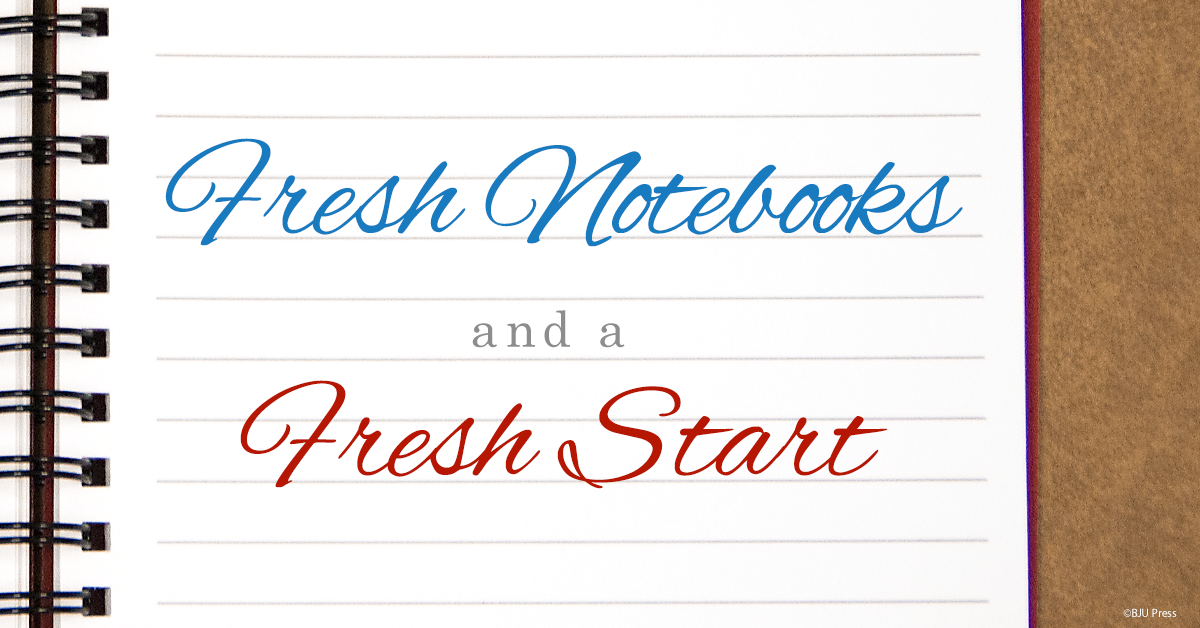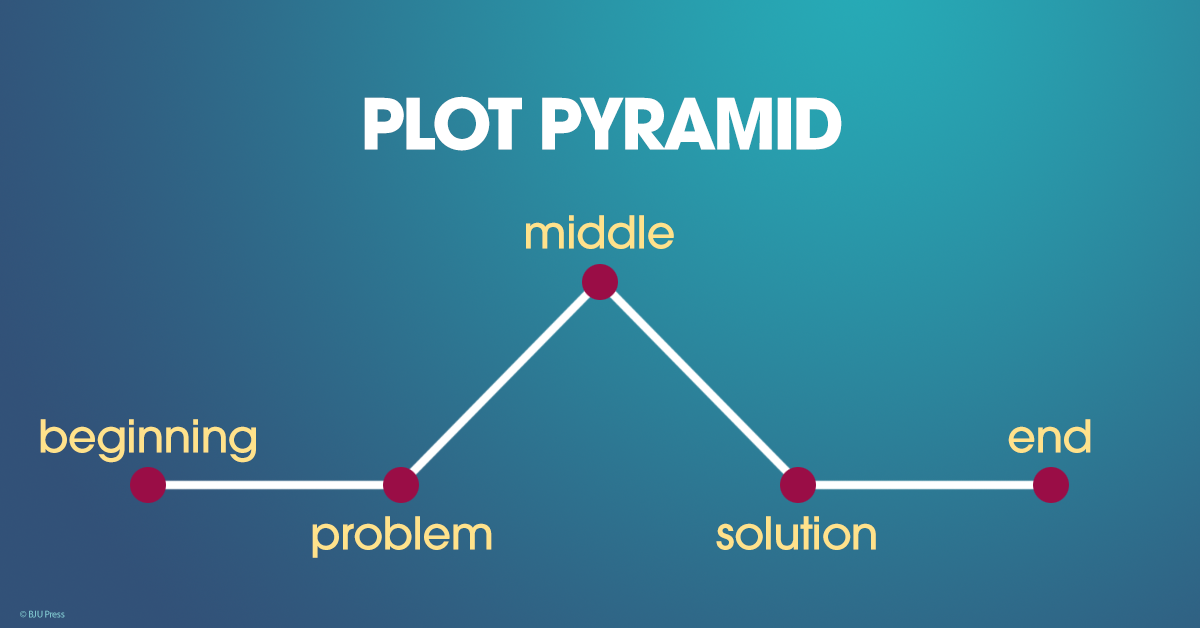
Do your children dread the part of the day devoted to writing and grammar? Maybe they have trouble seeing the correlation between grammar and good writing, or maybe they view grammar as boring, impractical, and repetitive. Before college, I felt the same way. So how did I end up with a bachelor’s degree and a master’s degree in English? It all started with a different approach to the subject.
English was my least favorite subject in high school. It was hour after hour of workbooks, rules, and more exceptions than rules. Once I turned in a short story that I had spent hours writing and was disappointed in my grade, not because it wasn’t higher but because it was based solely on the fact that I hadn’t made many spelling errors. In contrast to the drudgery of English, math class was exciting, fun, and challenging.
I left for college excited about being a math major. Reluctantly, I also signed up for the first of three required college English classes. In that class, I began learning some new things. I found out that I could arrange paragraphs in a way that made my argument more convincing. I realized that I could replace linking verbs with action verbs to give my essay strength and vitality. I caught on that writing poetry was more than just finding words that rhymed. My papers were graded on content as well as spelling. I started to love English, and I discovered that I was actually more competent in that area than in mathematics.
Maybe your children share my pre-college feelings about writing and grammar. But the good news is that by using two helpful teaching methods, induction and integration, you can interest your children in English and improve their long-term comprehension of grammar.
Induction
Deduction starts with a general rule, from which you make specific applications. For example, you can give your child a list of auxiliaries (helping verbs) and tell him that be, have, and do can also be used as main verbs; then he can underline all the auxiliaries in an exercise.
Induction, on the other hand, is examining specifics and then creating a general rule. To teach inductively, you would give your child several sample sentences with verbs and auxiliaries and then let him generate his own list of auxiliaries. Using this list, he would determine which auxiliaries could also be used as main verbs. Induction allows children the opportunity to investigate or discover something themselves, stimulating their curiosity and their eagerness to learn more.
Integration
To give the facts of grammar a real-life context, integrate your grammar lessons with writing, vocabulary, literature, and speech. Your child could compose a piece of writing and then revise it, changing the passive-voice verbs to active voice and noting the difference in tone. Ask your child to explain why some sentences should remain passive and why others sound better in active voice.
Maybe your child does not like grammar, or maybe he learns quickly and becomes bored. With inductive activities and creative writing assignments, you can spark interest and improve long-term comprehension. Remember that language is a gift from God, unique to beings created in His image, so it’s important to understand it and use it well. Using a fresh approach to grammar might even reveal some hidden talents. Who knows? Your reluctant grammar student could turn out to be an English major or a writer someday.
• • • • •
Written by Dana G.



